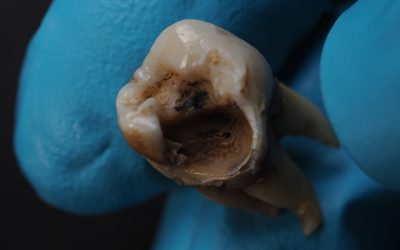Dental floss has a lot of uses other than just removing tiny food pieces stuck between two teeth. It is like a miniature toothbrush that gets the nasty bacteria and plaque stuck in between trying to rot your pearly whites.
Our mouth has the highest number of bacteria and getting rid of it is important for overall dental health. Also, regularly flossing your teeth can help prevent gum diseases and bad breath, which usually happens when there’s food stuck for a long time.
The tips below should help with flossing but having a dental checkup can ensure your teeth are in good condition. If you feel pain in your teeth, or need an emergency dentist call Little Green Building located in the high park area in Toronto.
The Top 6 Things You Need to Know About Flossing
If you thought brushing your teeth was all that you needed to do to keep your gums healthy, you couldn’t be more wrong. Here are six interesting things you should know about flossing:
- Covers up the remaining 30 per cent
A toothbrush only reaches 70 per cent of your oral cavity, so to reach the remaining 30 per cent you need to use floss. Even if you floss your teeth on alternate days, you’ll see a noticeable difference in your oral health.
- The right way to floss
There’s a right way to floss. Don’t simply move the floss up and down because then, you aren’t getting a lot of plague out. Start with the base of your tooth and drag it up your tooth’s sides. Lift it all out and start it again from the bottom.
- Indicates disease
If you see that your floss is stinky after you are done flossing, make an appointment for your dentist. It is indicative of a cavity or gum infection. Another sign of a gum disease will be blood on your floss.
- Floss for wider gaps
If you have a wide gap between two teeth, use a rubber tipped gum pick instead of a floss because the latter won’t get much work done. You can consult your dentist about which brand you should use.
- How much to use
20 inches is the minimum you need to get through every gap in your teeth because you can’t reuse the floss length you used in the earlier gaps. You also need a couple more inches to wrap it around your fingers to hold the floss tightly in place.
- Check if it’s time for another filling
If your floss breaks up while you are flossing, it is a sign that you might need a new filling in that area. Getting caught between the two teeth is also an indicator. Check with your doctor if your floss is too strong, which is causing the filling to come off.
Flossing is a low-cost alternative to thousands of dollars you’ll have to spend for a root canal. Invest in good dental practices, so that you don’t regret it later.





